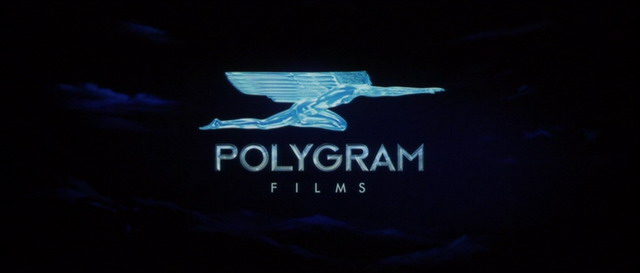Trainspotting was distributed in 1996 by Polygram Filmed Entertainment.
PolyGram Filmed Entertainment was a film studio, founded in 1980,and sold to Universal Pictures in 1998. Among its most successful films were Four Weddings And A Funeral , Dead Man Walking, Fargo, Trainspotting and Notting Hill.













































